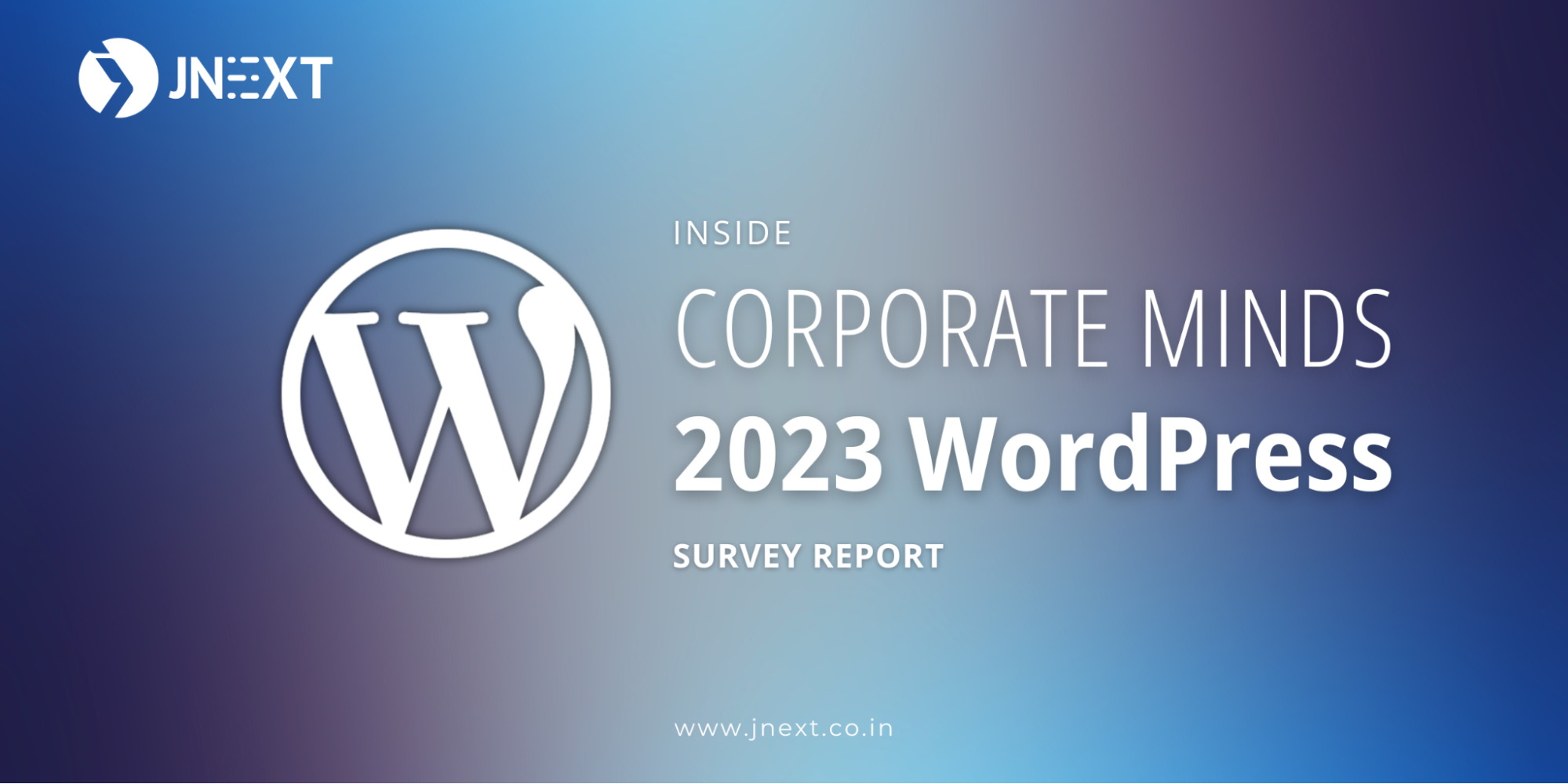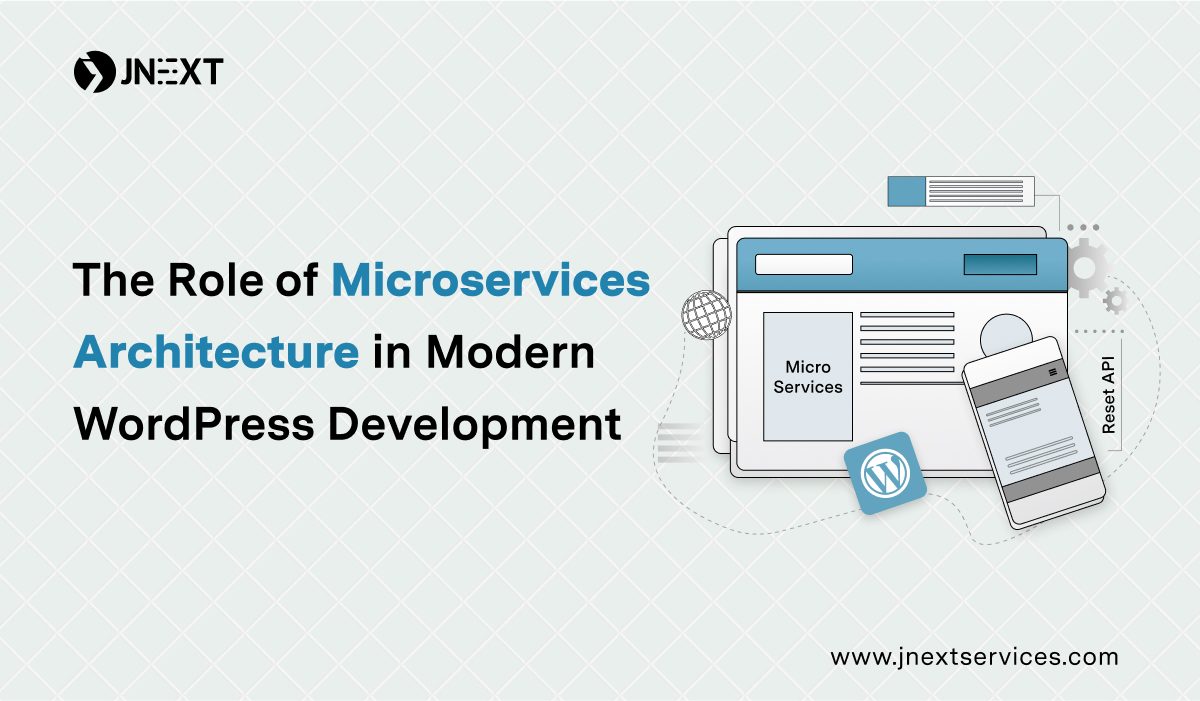The current impact and reliance on WordPress were discovered in a study that was done in 2023 with over 100 worldwide firms, including industry heavyweights like Macy’s and The Times. These findings offer a contemporary interpretation of the variables influencing large companies’ choices to use WordPress and raise the prospect of future gains.

Navigating High-Profile Brands
NORAM’s and EMEA in WordPress Adoption
Delve into the significance of North America and Latin America (NORAM) hosting the headquarters of 36% of the surveyed companies. Over half of the survey respondents, 53% revealed that their organisations are primarily based in the Europe, Middle East, and Africa (EMEA) region.
- Market Dynamics :
Analyse specific market trends within EMEA that contribute to the widespread adoption of WordPress, such as the demand for multilingual content and regionalised digital experiences. - Success Stories :
Showcase case studies of successful enterprises in EMEA that have effectively leveraged WordPress to achieve their business goals.
Publishers Serving Domestic or International Markets
Consider the significance of attaining a large readership in the publishing sector. Analyse how audiences, both domestically and internationally, raise the profile of the company. Provide instances of publishing companies that fit the requirements and took part in the survey.
Industry Areas
The survey results highlight a prominent presence in the Publishing and Media Sectors, securing the highest volume of responses at 32%. Following closely is the Technology Industry, which represents a solid 24% of survey participants, and the Marketing and Advertising Sector emerges significantly, contributing 12% to the survey. This industry breakdown underscores the diverse landscape of respondents, showcasing the robust engagement of publishing, technology, and marketing/advertising sectors in shaping the narrative of the enterprise WordPress sphere.
CMS and DXP Stacks
DXP stands for Digital Experience Platform.
Does your organisation use any other CMS / DXP in addition to WordPress?” was the question posed. 38% of respondents said that WordPress was the sole content management system (CMS) in use at their company. In addition to WordPress, 17% of respondents said their company also used a custom solution, while 9% said they also had a Drupal installation.
Working With WordPress
Analysis of Respondent Departments
A further look at the survey responses reveals that 40% of the data comes from respondents in Leadership positions, constituting the bulk of respondents. The Engineering and Product Development sectors are well-represented, accounting for 35% of the respondents. Notable is the combined response of the Marketing and Publishing/Editorial divisions, which equals 26%.
Gutenberg: Building Blocks and WordPress’s Future
Since its introduction to WordPress 5.0, Gutenberg has quickly developed, changing the core architecture of the platform over the last five years. This advanced editor provides proof of strong fundamental ideas, unparalleled adaptability, and robust functionality. It has quickly not only established the benchmark but also completely changed the online content production environment. For WordPress users worldwide, Gutenberg’s user-friendly block-based approach has not only simplified the editing process but also ushered in a new era of creativity and efficiency.
- How Strategically Does Your Organisation Leverage WordPress?
Explore the varied applications, from content creation to news publication and more.
In exploring how organisations leverage WordPress, a notable 40% of respondents wield its power for On-Site Content Production and News Publication. An additional 33% harness WordPress to Self-Build Pages and Update Existing Content, showcasing its versatility beyond conventional use. Surprisingly, only 14% continue to deploy it as a Basic Blogging System, underscoring the platform’s evolution into a robust Content Management System (CMS). - Is WordPress Employed as a Headless CMS in Your Organisation?
Uncover the innovative approaches to utilising WordPress in a headless architecture.
Despite the ongoing emphasis on the advantages of headless WordPress in recent years, a noteworthy 56% of respondents express a preference for the traditional WordPress approach. While 28% of participants confirm hosting a headless solution, 16% remain uncertain about the path that aligns best with their organisational needs. - Duration of Your Organization’s WordPress Adoption?
Understand the longevity of your organisation’s journey with WordPress.
An overwhelming 87% of survey participants reveal a sustained dependence on the platform, with the majority (59%) proudly attesting to a robust WordPress history of five years or more. - Frequency of WordPress Usage Within your Organisation?
Gain insights into how regularly WordPress contributes to your organisational workflows.
An impressive three-quarters of respondents (74%) affirm the integral role of the WordPress CMS in their daily organisational operations. The platform’s pervasive presence is further emphasised by a mere 2% reporting infrequent use. - Which WordPress Editor Takes Center Stage in your Organisation?
Delve into the preferences of WordPress editors and their impact on content creation.
Only 19% of participating organisations persist in exclusively utilising the platform’s classic editor, signalling a discernible shift in editorial preferences. The majority of respondents have warmly embraced the intuitive block editor, either as their sole editing tool or in tandem with the classic editor. - Navigating Content Creation: WordPress Block Editor vs. Classic Editor
Evaluate the ease of use and efficiency of the WordPress Block Editor compared to the Classic Editor for content creation and publication.
As anticipated, an overwhelming 80% of survey respondents express the belief that the Gutenberg block editor has significantly eased the publishing experience for their organisations. In contrast, a modest 11% report no discernible difference from the classic editor workflow. This resounding approval underscores the transformative impact of the Gutenberg block editor, solidifying its reputation as a valuable enhancement to the overall WordPress publishing process.
WordPress in Your Organisation
Are you wondering how WordPress promotes success inside organisations? 33% of respondents use it for self-built pages and content updates, and over 40% find it indispensable for on-site content production and news distribution. Just 14% of WordPress users still use it for blogging, despite the platform’s beginnings as a basic blogging tool. This highlights WordPress’ development into a flexible Content Management System (CMS).
Selecting WordPress
Despite the wide range of possibilities available in the competitive CMS market, certain solutions are constantly preferred by companies. The results of our poll show a strong pattern of agreement between organisations about the key variables affecting their decisions. Notably, the three most important factors influencing selections in the dynamic content management system space are cost, functionality, and usability.
The Key Players in WordPress Collaboration
Within 38% of enterprise organisations, the crucial decision to work with WordPress is spearheaded by IT and Engineering Departments, showcasing substantial technical confidence in the platform. This strategic alignment reaffirms WordPress’s standing as a trusted solution with robust backing from technical teams.
The Power of WordPress: Decision-Making Factors
- Functionality (70%): Businesses surveyed place a high value on a platform’s functionality, which is why WordPress stands out due to its adaptable features and customisable possibilities.
- Extensibility for Future Growth (69%): Making decisions is driven by the requirement for scalability, and as WordPress is open-source, plugin integration is straightforward, guaranteeing adaptability over time.
- User-Friendly Excellence: WordPress’s user-friendly interface makes website administration simple and pleasant for users of all technical skill levels.
- Performance and Scalability Assurance: Understanding how important website speed is, businesses use WordPress because of its scalable architecture and strong performance.
- Multilingual Capabilities (57% Not Important): Remarkably, multilingual features are not as important to the studied businesses, suggesting that other important aspects are prioritised.
WordPress Setup Costs
Survey findings reveal a diverse cost spectrum for WordPress setup
- 22% invested less than $50,000.
- 11% allocated $50,000 to $100,000.
- 20% committed $100,000 to $250,000.
- 12% dedicated budgets within $250,000 to $500,000.
- 7% each reported costs between $500,000 and $1 million and over $1 million, highlighting the varied financial landscape of WordPress implementations.
Cost of Website Maintenance
56% of survey participants said that continuous maintenance was not covered by the documented expenditures, highlighting the need for additional funding for ongoing maintenance. On the other hand, 44% of respondents stated that the original expenses covered all upgrades and upkeep, demonstrating a thorough commitment to website lifetime management.
In-House WordPress Management Team
- Smaller development teams are common, as seen by almost half of the organisations (49%) that employ 1 to 5 developers.
- A moderate-sized team, including 6 to 12 developers, makes up 14% of businesses.
- Only 11% of businesses claim to have larger development teams with 13 or more people on them.
- A noteworthy 26% fully outsource their WordPress maintenance to other companies, highlighting the need for prudent outsourcing. This dissection offers insightful information on the various development dynamics used by organisations in charge of WordPress solutions.
39% of respondents indicated a strong preference for leading companies in the market, with WordPress VIP and WP Engine standing out as the preferred hosting providers.
Eyes on the Future
91% of the brands that responded to the survey said they were happy with the WordPress platform and that they would use it going forward. This resounding vote of confidence highlights WordPress’s lasting popularity and dependability in fulfilling a variety of business demands.
AI with WordPress in 2024
In the WordPress world, 2023 was a turning point for AI, with amazing invention and experimentation taking the lead. The incorporation of AI into enterprise WordPress users’ regular activities is expected to increase as 2024 approaches.
Robust Migrations from All Other Platforms
Looking ahead to 2024, WordPress is gearing up for significant improvements in how users move their data. The focus is not just on making it easy to switch from other platforms to WordPress but also on enhancing the process for those who are already using WordPress. By the end of 2024, these upgrades aim to make moving your website’s content smoother and more powerful.
Conclusion
As we wrap up this brief exploration of the 2023 WordPress Survey report, it’s evident that the platform remains at the forefront of digital transformation. Global insights, industry perspectives, and a nuanced understanding of enterprise profiles contribute to a holistic view of WordPress’s impact. The report serves not only as a reflection of the current state but also as a roadmap for enterprises looking to harness the full potential of WordPress in 2023 and beyond.


 January 1, 2024
January 1, 2024





TEAM id
jnext_services
email us [email protected]
india
+91 98587 63596
United Kingdom
+ 44 77679 57915